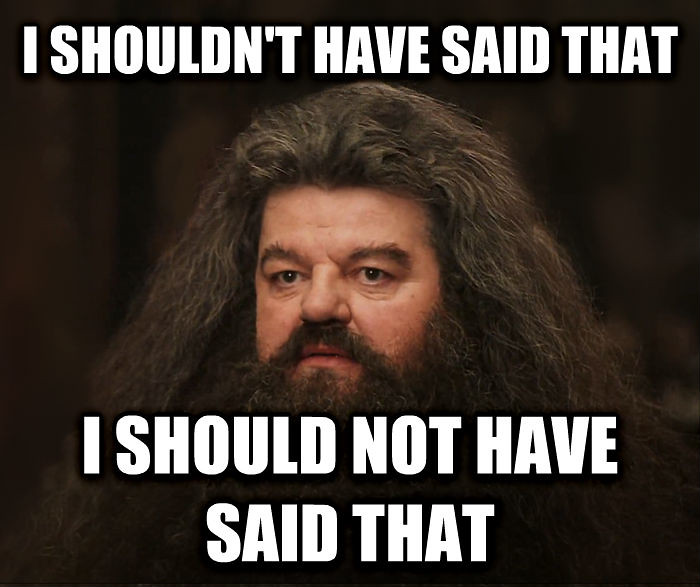Do I know all the answers? NO! I do not even pretend I do.
When someone asks me a question that I know I can answer using Google I
immediately say, “Hold on. Let me Google that.” I model this for students every
day. Last week Charles came to see me. Every time he logged onto a Chromebook
his screen was magnified. I had him try a computer and it was fine, so we
deduced it was just on the Chromebook. After testing several Chromebooks we
drew a conclusion that something was wrong with his settings.
I told him I had to Google how to fix it because I had no
clue. We sat together and looked into it. I choose key words carefully. I had
already power washed the chromebook and reset his account. Nothing changed.
Then we went to a Google support page. This gave us some new options, which he tried. Zoom out: Press Ctrl + Alt +
Brightness down was our solution. Now he knows how to make his screen readable, and we both
learned more about his problem together.
This ten-minute exchange showed my student the power to look
things up. It taught him about the importance of key words. He also discovered
a solution to his problem that worked. It is so important to teach like Google
exists! Students need to start learning early how to use Google to run
effective searches to get the results they are looking for. Children also need to know adults do not have all the answers. I encourage you to talk to your child about how you use Google in your daily life!





